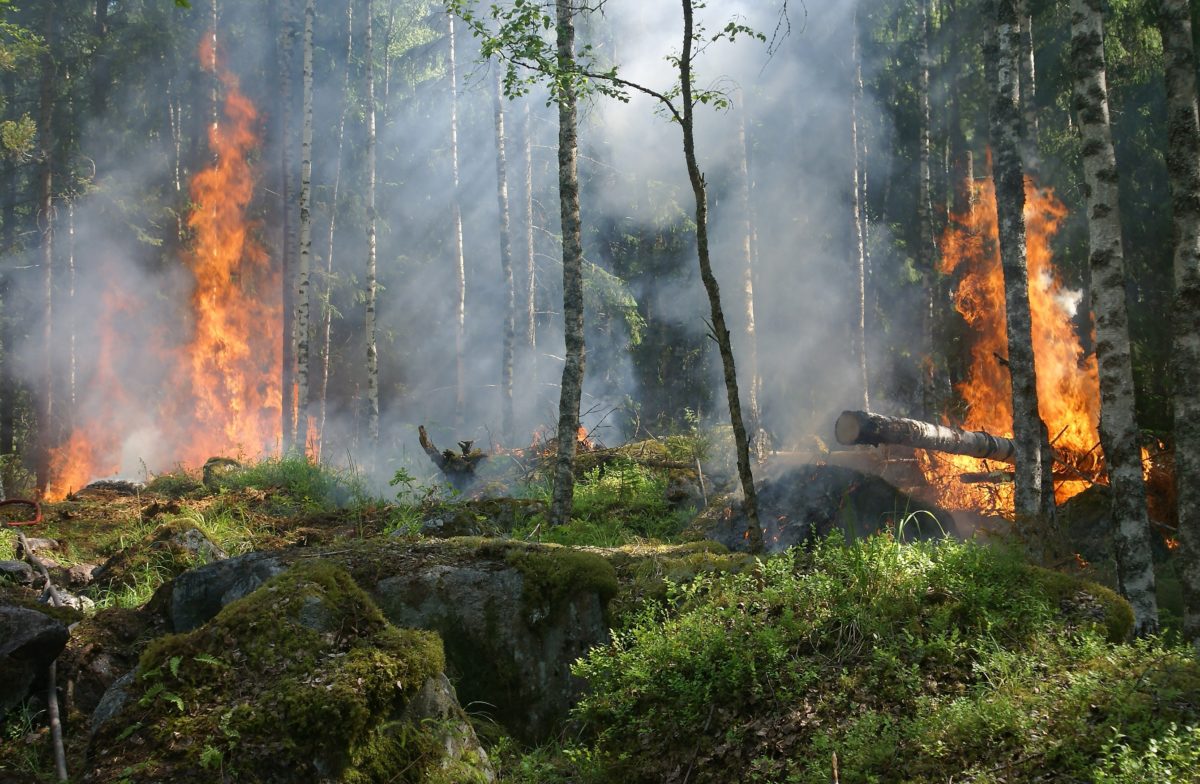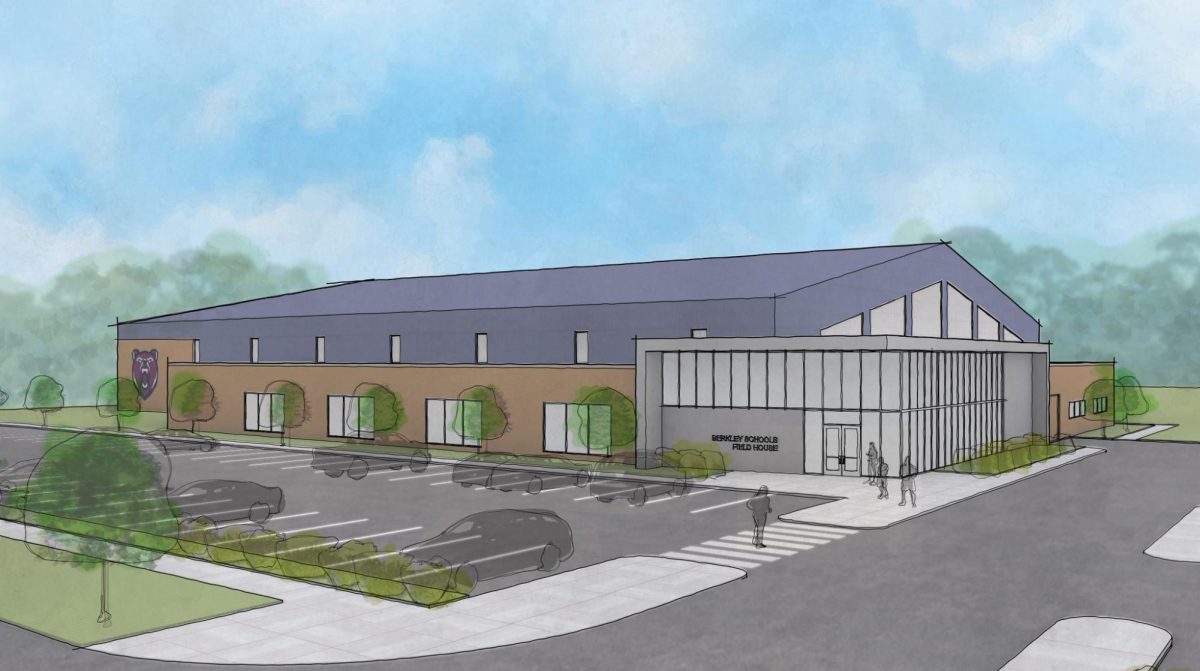Every person this summer saw the “poor air quality” alert on our weather apps due to the smoke from the Canadian wildfires. Wildfires are something we are used to hearing about because of their frequent occurrence in western states like California. However, no one seems to realize how severe these current wildfires are. 33.9 million acres of Canada have burned. That is the equivalent of the entire state of Alabama or nine Connecticuts being burned. This means that over 30,000 people have had to evacuate from their homes. The worst wildfire Canada has seen before 2023 was the wildfires of 1995, where Canada lost over 17 million acres due to the fires. However, the 2023 fires are almost double that. The size of the fire is sending a large amount of unhealthy air all over the United States.
Canada’s wildfire season is usually between the months of May and October. They experience at least one wildfire every summer, but the reason this one is so extreme is due to the weather conditions. According to CBS News, “Dry, hot weather also breeds more lightning. In a normal season, half of Canada’s wildfires are started by lightning, but those fires account for more than 85% of wildfire destruction. The other half are human-caused.” The human impact the quote refers to is climate change, which has led to a 20% increase in wind, spreading fires from Quebec to the west. Since about half of Canada is made up of forests, the combination of dry hot weather, lightning, and increased wind made the fires get out of control very quickly.
The wind usually goes east to west, but due to the human caused irregular activity, the smoke from Quebec’s fires headed to New York. This is also the reason the smoke came to Michigan. Pictures and videos took the internet by storm. As a result of the horrible air quality, the sky had turned a deep orange. The sun appeared to be a bright red color, and health professionals were highly encouraging people to stay inside. According to MSU Today, the air was filled with “fine particles, sulfur dioxide, nitrogen dioxide, and carbon monoxide”. The combination of all these chemicals can be very harmful to our lungs and can cause significant respiratory damage, such as “difficulty breathing, asthma attacks, irritated throat, bronchitis, reduced lung function, coughing and chest pains” according CBS News. Days later, the winds brought the poor air quality to Michigan. The same thing happened, deep orange skies, bright red sun, events were canceled, and everyone was strongly encouraged to stay home. The smoke continued to travel to states all across the country. Currently, parts of Kansas and Arkansas are being affected by the smoke.
Many continue to wonder when these fires will end. Unfortunately, there is no date in mind.. Some sources say that there is a chance the fires could continue burning through the winter, only creating more destruction. The size of the fire is one of the major reasons they can’t put out the fires, but another is that “a lot of that forest is remote, untouched wilderness, and it’s very difficult to manage wildfire in those areas where there is no road access or any of the infrastructure needed to support firefighting activity” according to NPR. However, Canada is doing everything they can to attempt to get the fires under control. The United States, France, and Mexico have all sent reinforcements to help control the fires as well. They will continue to try and get the wildfires under control, to keep Canada and its forests safe.








